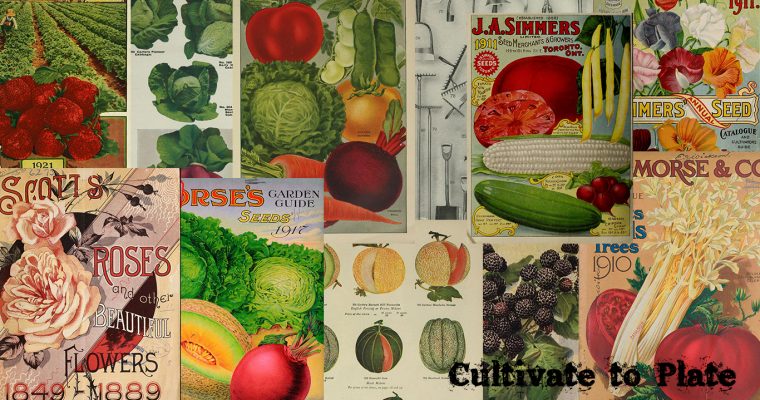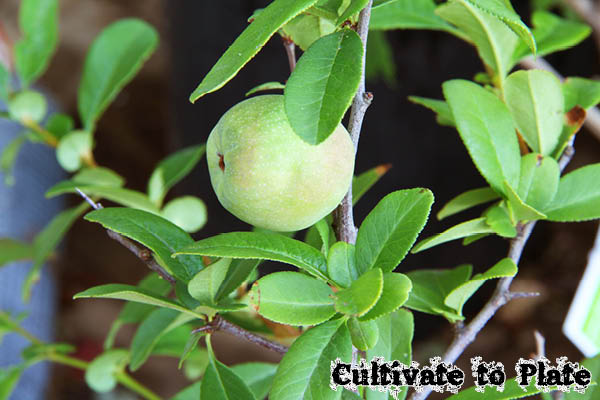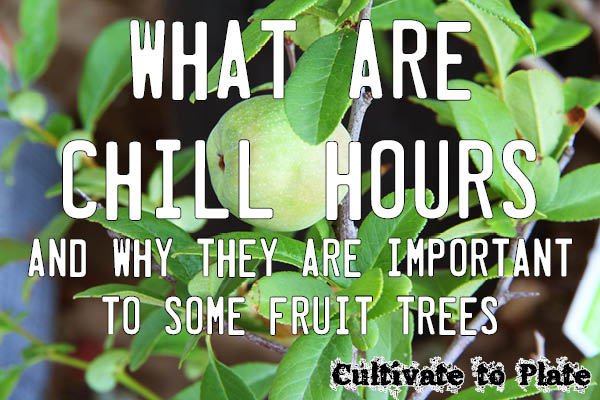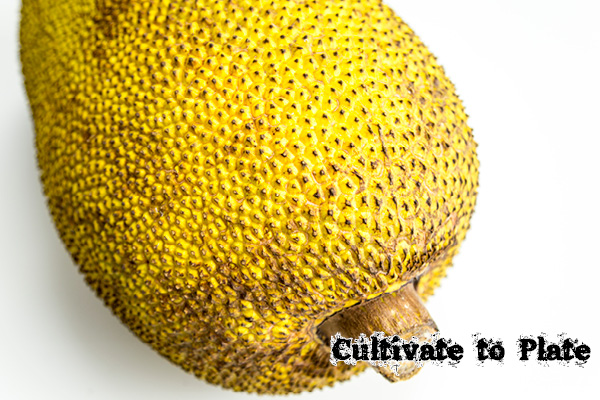Rambutan gets its name from the Malaysian word ‘rambut’ meaning hair. It is native to the Malay-Indonesian region, and is grown in tropical areas worldwide. The rambutan is related to the lychee and longan fruits.
This sweet tropical fruit is roundish or elliptical in shape with soft hairy spines on the outside of the skin. Depending on the variety, rambutans can be red, yellow, or green.
Growing Rambutan
The rambutan tree is evergreen, growing to about 80 feet in height with a straight trunk and a wide crown. The rambutan prefers warmer tropical climates where it has adapted, and is sensitive to cold temperatures and strong winds. Rambutan likes deep clay loam or sandy loam soils, with good drainage, and requires regular waterings.
The trees like their space and if many are planted in an orchard or in a row, fruit production will be limited if they are too crowded.
Rambutan is grown by seed, cuttings, air layering, or by grafting. Seed method is most successful. To grow rambutan by seed, use a fresh seed and plant with the flattened side pointed down in the seedling tray. Germination typically occurs from 9 to 25 days. The fresher the seed, the higher the germination rate, and a completely sun dried seed will never germinate. Flesh inhibits germination, so start with a perfectly washed seed free from any fruit lingering on it. Rambutan will begin to bear fruit in about 6 years, and under optimal conditions in about 4 years.
Branches that bear fruit one year, will produce growth at the same spot the following hear. Yield from the rambutan tree greatly varies year to year, with a heavy harvest one year, and very light one the next.
Rambutan Varieties
Many rambutan varieties are grown, and freestone varieties (when the seed is easily removed from the flesh) are desirable, and different colored skins – with red being the most popular. Some varieties can bear fruit twice a year.
- Sectankooweh – Thin rind, with sweet, creamy colored flesh.
- Queen Zaida – Dark red rind, sweet and juicy flesh, freestone variety.
- Zamora – Yellowish rind with pale pink spins, thick flesh that is sweet.
- Magsaysay – Dark red to near black rind with dark red spines, large fruit, sweet, thick flesh, freestone variety.
- Victoria – Yellowish rind with red spines, sweet flesh, freestone variety, and early season fruiting.
- Santo Tomas – Yellow pink rind with red pink spines, roundish fruit with small seeds.
- Bin Jai – Orange red rind with green tipped spines, crisp flesh.
Harvesting Rambutan
Rambutan fruit grows in clusters, and does not further ripen once picked. It is best to pick in the morning when temperatures are cooler, and trees typically have a range of ripening time making harvesting the fruit done over a period of time. If a single rambutan fruit is picked from the cluster, ensure a piece of the stem is attached to keep the fruit from bruising or the skin from splitting. The fruit will keep for about a week properly chilled in the refrigerator.
Sources:
“INFOGRAPH: Friday Fruit Facts (#001) – Rambutan.” INFOGRAPH: Friday Fruit Facts (#001) – Rambutan | TFNet – International Tropical Fruits Network. International Tropical Fruits Network, n.d. Web.
Morton, J. “Rambutan.” Rambutan. Purdue University Center for New Crops & Plant Products, n.d. Web. 01 Oct. 2017.
“Rambutan Cultivation.” RAMBUTAN CULTIVATION. Archives of the Rare Fruit Council of Austrailia, Sept. 1988. Web. 01 Oct. 2017.
“Rambutan Harvest.” Tropical Fruit – Global Information System. GFruit, n.d. Web. 01 Oct. 2017.
“Rambutan.” Wikipedia, Wikimedia Foundation, 26 Sept. 2017. Web.









